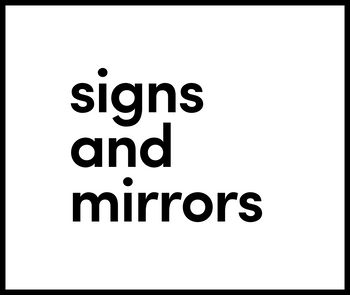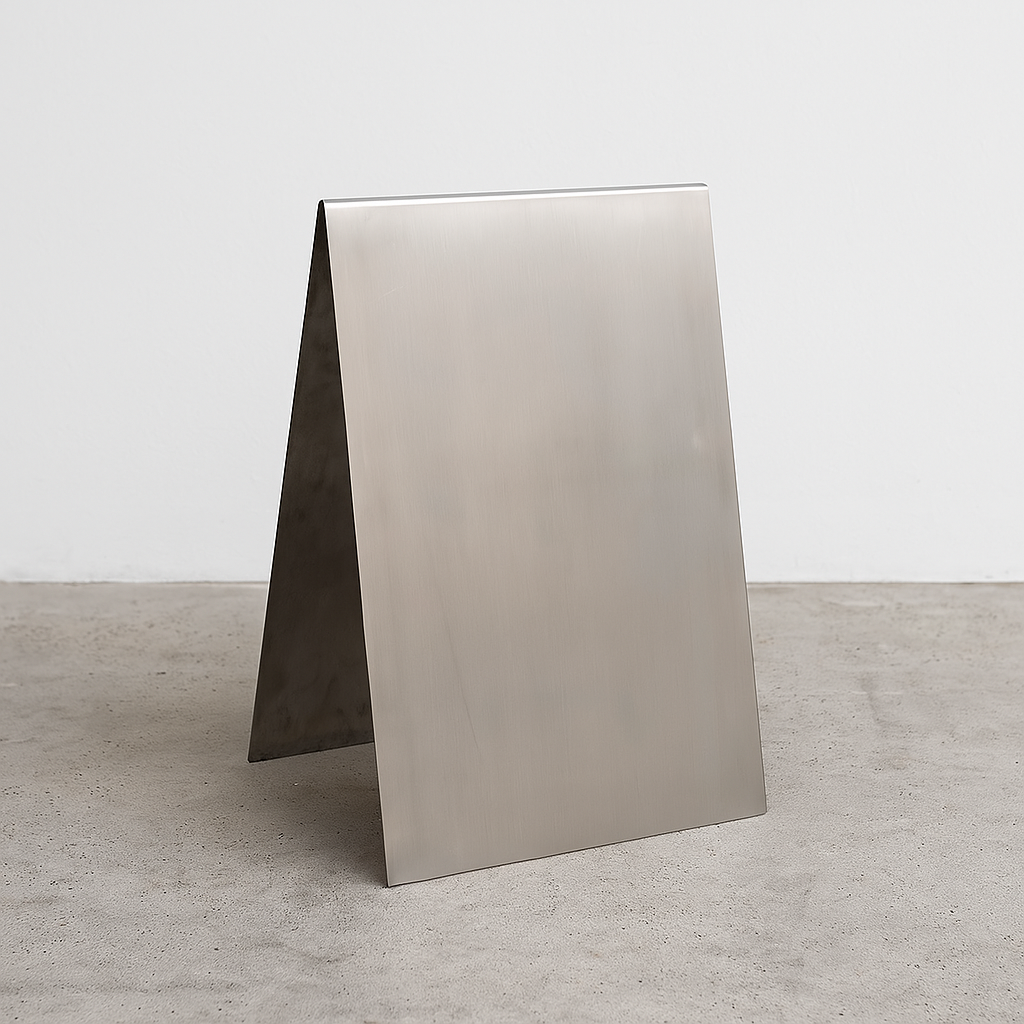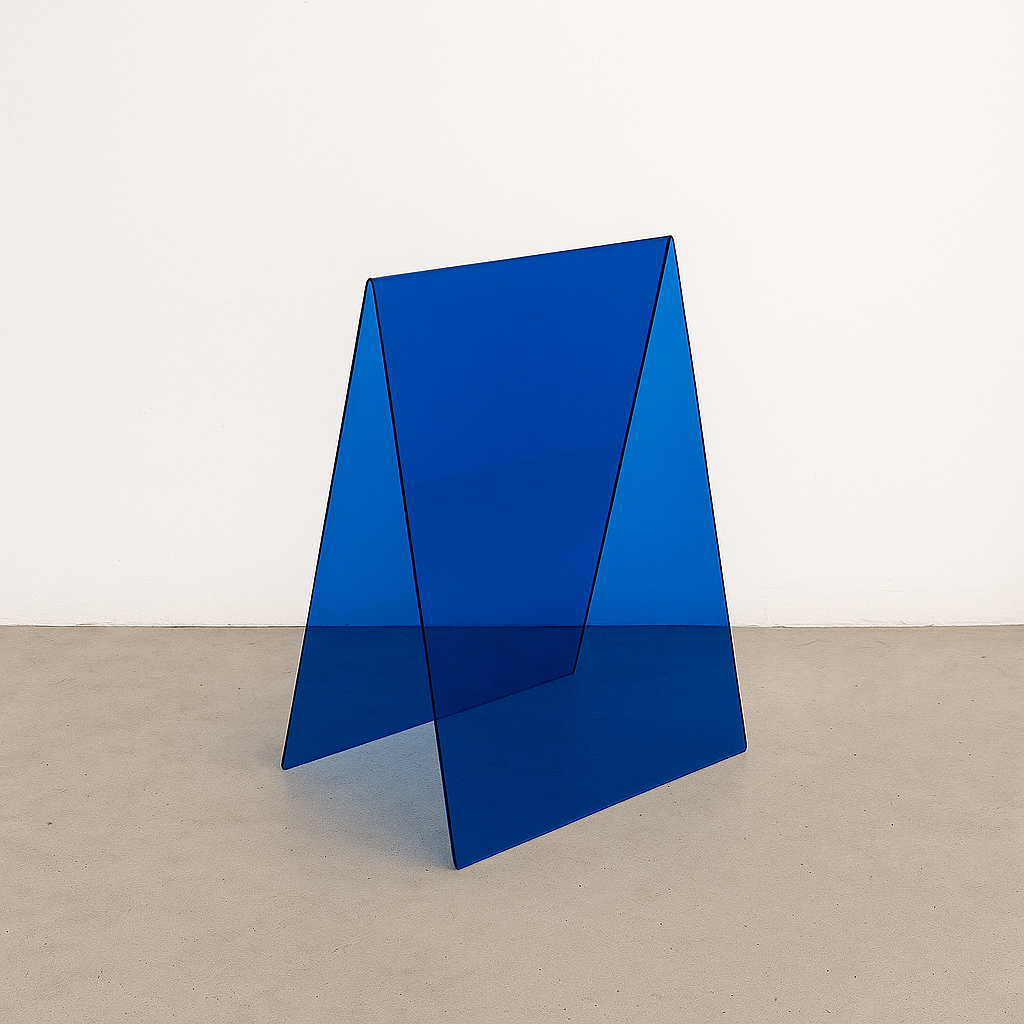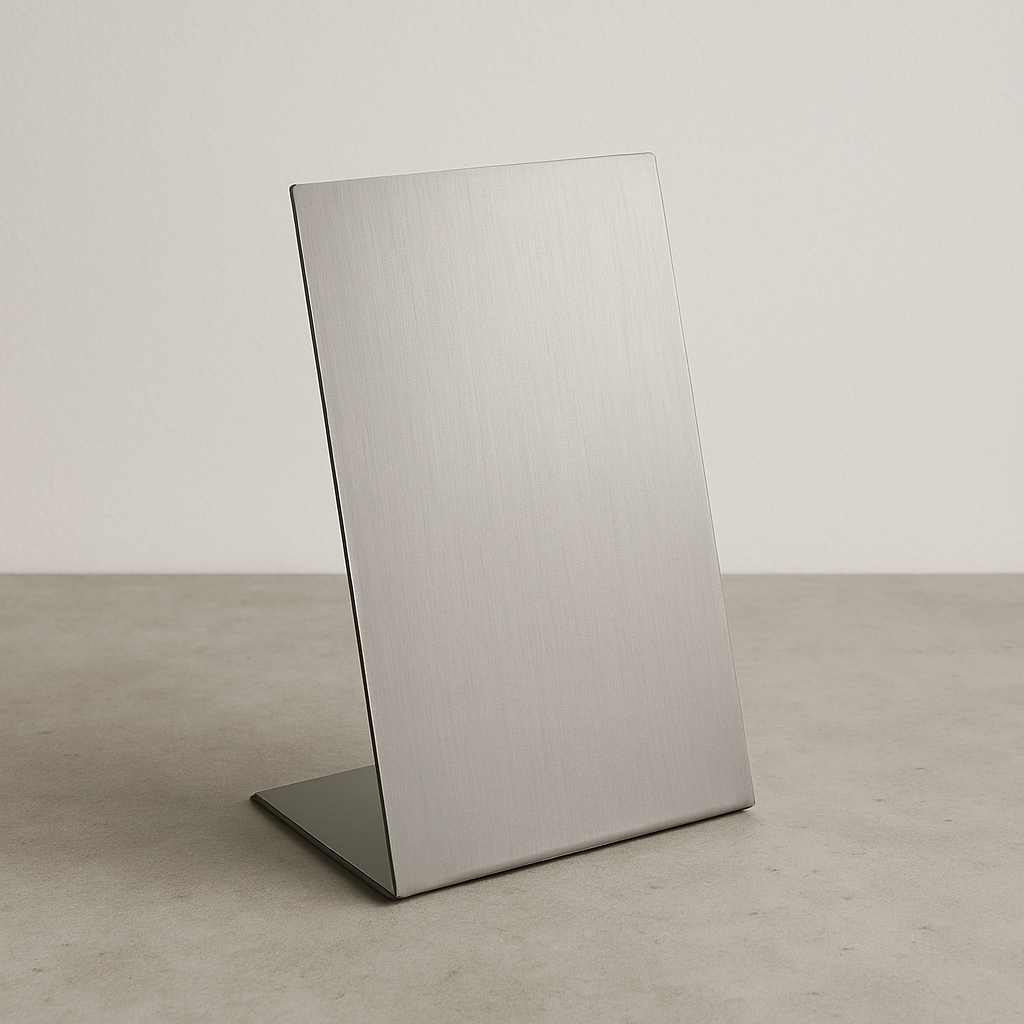Running a liquor store means more than just stocking shelves. To keep sales flowing, you need marketing ideas that get people through the door and keep them coming back. Whether you're in a busy city or a quiet neighborhood, a few creative promotions and smart outreach tactics can make a big difference. Here's a look at what works for liquor stores trying to stand out.
Compliance and Local Advertising Rules
Before launching any advertising campaign for your liquor store, it’s essential to understand the legal boundaries that come with marketing alcoholic beverages. Unlike many other retail sectors, liquor sales are governed by strict regulations that vary significantly by country, state, and even municipality. Missteps can result not only in fines, but also in license suspension or reputational damage.
Here are a few key points to keep in mind:
- Age Restrictions: All advertising must be directed at audiences 21+ (or the legal drinking age in your area). This means avoiding platforms or media where a large portion of the audience is underage.
- Platform Policies: Social media platforms like Facebook, Instagram, and TikTok have their own rules regarding alcohol promotion. Some limit paid ads, others require specific disclosures, and most restrict targeting options to ensure compliance.
- Discounts and Giveaways: Many regions prohibit offering alcohol for free or running promotions that encourage excessive consumption. This includes “buy one get one” deals, contests with alcohol as a prize, or deep discounts beyond a regulated threshold.
- Location-Specific Rules: In some areas, you may not be allowed to advertise alcohol on billboards, near schools, or on public transportation. Make sure your signage and outreach stay within approved zones.
- Labeling and Disclosures: Any printed or digital promotion may be required to include disclaimers such as “Drink Responsibly” or legal drinking age reminders. Check your state or provincial marketing guidelines to confirm what’s needed.
It’s a good idea to consult your state’s Alcohol Beverage Control Board (or equivalent regulatory body) before launching any campaign. Taking the time to ensure compliance doesn’t just protect your business it also builds trust with your community. Once these foundations are in place, you can start exploring advertising strategies that help you stand out for the right reasons.
Focus on Foot Traffic and Visual Curb Appeal
For liquor stores with a physical location, nothing is more immediate or more effective than grabbing the attention of people already walking by. A large portion of daily foot traffic comes from nearby office workers, residents, or casual visitors. If your storefront blends into the background, that traffic walks right past. But with the right signage, you can turn casual footfall into paying customers.
This begins with placement: sidewalk signs are one of the most effective ways to interrupt the visual flow of the street and direct attention to your entrance. They’re particularly powerful in high-density areas, where competition is tight and impressions are short-lived. Messaging, polish, and clarity matter. People should know instantly what your shop offers and why it’s worth stepping in.
At Signs and Mirrors, we design signage pieces that are crafted to be noticed. Our signs are built in-house at our New York studio using materials like mirrored stainless steel or brushed metal, chosen for both durability and visual impact. We started by building a mirrored A-frame sign for our own studio when we couldn’t find anything that met our standards. Now we create sidewalk signage for cafés, studios, and retail shops that want to stand out in real, high-traffic spaces.
Signage That Gets Noticed
At Signs and Mirrors, we create signage that doesn’t just display your name it draws people in. Whether you're located on a busy retail street or tucked away on a quiet block, the right sign can be the difference between being passed by or being remembered. Our collection includes durable, eye-catching, and cleanly designed signs built to perform in real-world, high-traffic environments.

1. Mirrored Stainless Steel A-Frame Sidewalk Sign
The #005 - Mirrored Stainless Steel A-Frame Sidewalk Sign is crafted from a single sheet of stainless steel and finished with a reflective mirror polish, suitable for low to mid wind conditions. This sign is designed to stand out, drawing attention from passersby and encouraging photo engagement. It’s a popular choice for beauty clinics, boutiques, and cafés looking for an elegant, modern touch at their entrance.

2. Cream Stainless Steel A-Frame Sidewalk Sign
The #009 - Cream Stainless Steel A-Frame Sidewalk Sign is built from a single piece of stainless steel and coated with a soft matte cream finish, suitable for low to mid wind conditions. Its minimalist, sculptural look suits businesses aiming for a calm yet bold visual presence. Often used by studios, cafés, and small retail brands, it provides a stable and lasting sidewalk presence.

3. Stainless Steel Table Top Stand
The #011 - Stainless Steel Table Top Stand is designed for counters, reception desks, and display tables. Made from polished or brushed stainless steel, it securely holds printed materials in place with eight included magnets. This piece is used by fitness studios, medspas, and boutiques to present menus, pricing, or announcements with a clean and elevated look.
Run Seasonal and Themed Promotions
One of the most effective ways to keep your liquor store marketing fresh is by aligning your promotions with the calendar. Seasonal and themed campaigns help create urgency, generate repeat visits, and give customers a reason to check back often.
Plan Ahead with a Promotional Calendar
Start by mapping out key dates and seasonal shifts that align with your customer base, think major holidays, local festivals, or even sports events. Having a promotional calendar set 6-12 months in advance helps with inventory planning, marketing prep, and display coordination. It also keeps your outreach consistent instead of reactive.
Create Engaging Campaigns, Not Just Discounts
Instead of relying solely on markdowns, build themed experiences around your products. Examples include:
- “12 Days of Spirits” countdown in December
- “Spring Cocktail Refresh” featuring lighter mixers and citrus spirits
- “Oktoberfest Picks” for beer lovers
- “Game Day Mixers” packs during playoffs or tournaments
You can add depth to promotions by bundling related products, printing simple pairing guides, or using themed signage throughout the store.
Leverage Multiple Channels
Don’t limit seasonal campaigns to the store window. Promote them through your email list, in-store flyers, social media posts, and even collaborations with nearby businesses. This approach increases visibility and helps connect your in-store efforts to broader customer engagement.
Use Exclusivity to Build Urgency
Time-limited offers, limited-quantity items, or special edition bundles create a sense of urgency. When customers know a promotion is tied to a specific moment, they’re more likely to act quickly. Just make sure the messaging is clear both online and on the shelf.
Use Social Media to Drive Foot Traffic
Social media is a practical and low-cost way to connect with local customers and guide them directly to your store. Posting regularly about new arrivals, limited editions, or seasonal picks helps keep your store top of mind for followers. Simple content like “bottle of the week” highlights or short cocktail ideas can drive curiosity and foot traffic.
You can also run social-exclusive offers, such as discounts or small gifts for customers who mention a specific post in-store. These promotions reward your most engaged followers and turn online attention into real-world visits.
Using short-form video like Reels or Stories is another effective approach. A quick behind-the-scenes clip, a restock alert, or a team member’s favorite bottle recommendation gives your account personality and encourages engagement. Reposting customer photos or running casual challenges (like “tag us in your weekend pour”) adds social proof and builds a sense of community around your shop.
With consistent effort and a clear connection between your posts and in-store promotions, social media can become one of your strongest tools for daily visibility and local reach.
Offer Product Bundles or Sampler Packs
Bundling products is a simple way to increase average purchase value while giving customers more variety and value. Whether it’s a mix of bestsellers or a themed selection, bundles make decision-making easier and help promote specific categories in your store.
Here are a few bundle ideas to consider:
- Ready-to-Drink (RTD) Sampler Packs: Curate a mix of canned cocktails or premixed drinks for customers who want to explore different flavors without committing to full packs.
- Non-Alcoholic Starter Kits: Include alcohol-free spirits, mixers, and garnishes to appeal to sober-curious shoppers or those looking for alternatives.
- Weekend Cocktail Essentials: Bundle a featured liquor with complementary mixers, bitters, and citrus for a complete at-home cocktail setup.
- Craft Beer Selections: Offer themed beer packs like “Local Favorites,” “Summer Lagers,” or “Hoppy Hour IPA Picks” for variety-seeking customers.
- Holiday Gift Bundles: Around holidays, create pre-packed sets for gifting these can include wine, accessories, and printed pairing guides.
Bundled products are easy to promote in-store, online, and on social media, and they help showcase your range while guiding the customer toward larger purchases.
Collaborate with Local Businesses
Partnering with nearby businesses is a practical way to expand your reach and strengthen your connection to the local community. By teaming up with restaurants, cafés, or food trucks, you can create unique experiences that feature your products in a different setting such as cocktail pairings on a dinner menu or seasonal specials tied to local events.
These collaborations introduce your store to a broader audience and help build goodwill with fellow business owners. You can also explore cross-promotions, like offering a discount at your store when customers show a receipt from a partner business. Simple, shared efforts like these build mutual visibility and give customers more reasons to engage with both brands.
Create a “No Dumb Questions” Corner
One way to make your liquor store more approachable especially for new or unsure shoppers is by creating a “No Dumb Questions” space. This could be a small table, a shelf-top sign, or a handwritten board that casually answers common customer questions. Many people are curious but hesitant to ask things like “What’s the difference between scotch and whiskey?” or “Is this sweet or dry?” Providing short, friendly explanations removes that hesitation and makes the shopping experience less intimidating.
This kind of setup not only encourages more open conversations with staff but also positions your store as a helpful, judgment-free zone. It helps new customers feel welcome, builds trust with regulars, and creates a more human atmosphere in your shop. You can rotate the content based on seasons, trends, or actual questions customers ask making it a living part of your store, not just a static display.
Offer “Mood-Based” or “Occasion-Based” Recommendations
Instead of categorizing products only by type or region, try building small, curated collections around moods, moments, or everyday occasions. These emotionally-driven displays feel more relatable and help shoppers quickly identify what fits their plans or current state of mind.
- Wines for a Rainy Day: A selection of mellow reds and soft whites that suit quiet evenings indoors.
- Game Night Spirits: Easy-to-mix liquors and light liqueurs designed for group-friendly cocktails and casual fun.
- Breakup Bottles: A playful collection featuring bold reds, sweet dessert wines, or high-proof spirits for when the mood calls for it.
- First Apartment Picks: Budget-friendly yet solid options that help new shoppers start building a personal home bar.
- After-Hours Collection: Digestifs, amaros, and aged spirits chosen for slow sipping and late-night reflection.
These mood-based zones create personality in your store, open up conversation starters, and also give you great material for content across displays, signage, and social media.
Collaborate with Local Artists or Designers for Limited Packaging
Working with creatives outside the liquor industry is a great way to bring fresh energy into your store while connecting with new audiences. Limited-edition collaborations don’t have to be complex; they just need a clear idea and good visual execution.
Feature Their Work on Packaging
Choose a few spotlight bottles and create custom-designed labels, printed sleeves, or gift wraps featuring original artwork. This turns ordinary stock into a mini art piece and makes for great photo content.
Host a Launch Day or Display
Set up a feature table with artist bios, framed prints, or behind-the-scenes images from the design process. This gives shoppers something visual and narrative-driven to engage with.
Highlight the Story on Social Media
Use the collaboration to tell a story online: who the artist is, what inspired the design, and how it connects to the featured product. Customers are more likely to share and remember items that have a unique, local identity.
Distribute Seasonal Mini-Zines or Printed Guides
Creating a small printed guide each season is a low-cost, high-impact way to connect with customers both in and outside the store. These mini-zines can include cocktail recipes, simple pairing tips, short product spotlights, or interviews with small distillers or brewers. You can place them by the register, include them in gift bags, or distribute them to nearby cafés, bookstores, or salons.
Unlike digital promotions, print feels tangible and shareable and people often hold onto it longer. It also gives your store an editorial voice, building brand identity and offering value beyond the sale. If professionally printed editions aren't feasible, a folded one-page PDF or black-and-white zine-style layout still gets attention.
Run Low-Key In-Store Microactivations
Not every marketing idea needs to be loud or costly. Small in-store activations can create surprise and engagement with minimal resources. These moments enrich the shopping experience and invite customers to stay longer.
- Set up a scent station with open bottles of bitters or aromatic spirits for customers to explore aromas safely.
- Play looping videos on a tablet showcasing a featured distillery or simple cocktail how-to.
- Offer a “mystery bottle of the week” with a few tasting notes and a hidden label ideal for curious shoppers.
- Display a “What’s in My Bar?” challenge, encouraging customers to submit cocktail recipes using only what they already have.
- Place a feelable product demo, like bottle weight comparisons or packaging textures, to create a tactile break in browsing.
These quiet activations don’t require special permits, but they add dimension to your shop and keep the experience memorable.
Conclusion
Effective liquor store advertising doesn’t have to rely on big budgets or generic promotions. The most impactful strategies often come from knowing your audience, embracing your local identity, and making the in-store experience more engaging and personal.
Whether it’s using signage to catch foot traffic, launching mood-based displays, or collaborating with nearby businesses, the goal is to create moments that connect with people. Every small effort from a handwritten recommendation to a limited-edition label adds to your store’s character and helps you stand out in a competitive market.
FAQ
What are the most cost-effective advertising methods for liquor stores?
Use sidewalk signs, themed product bundles, and simple social media posts. Local partnerships and printed shelf tags also work without major spend.
Are there legal restrictions on liquor advertising?
Yes. Most places ban targeting minors, restrict giveaways, and limit ad placement. Check your state or city regulations before running any promotions.
How can I attract new customers?
Make your storefront visible, keep displays interesting, and offer something local or unique. Promote limited-time offers and stay active on social platforms.
Can social media help bring people into the store?
Yes. Share updates, feature specific products, and offer in-store-only deals tied to posts or stories.
How often should I change promotions or displays?
Monthly is a good baseline. Change faster if traffic is high or tied to seasonal events. Don’t leave old themes up too long.




